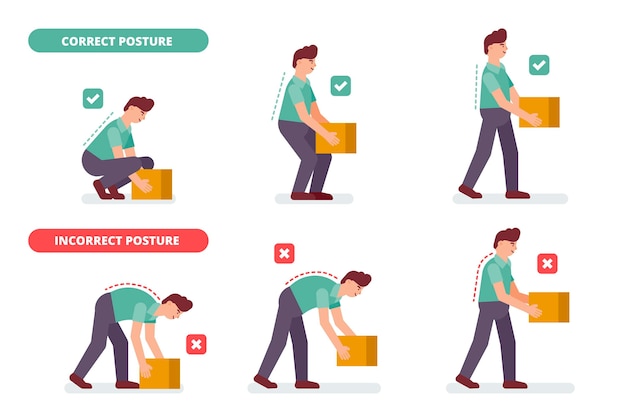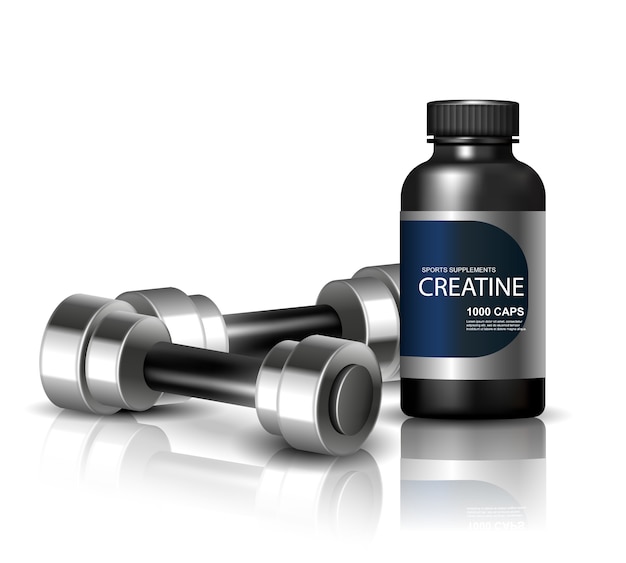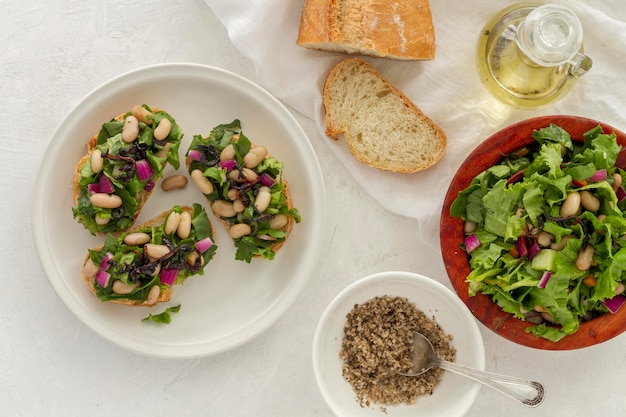Turning 50 doesn’t mean slowing down—it’s the perfect time to build strength, boost metabolism, and reclaim vitality. For men over 50, losing weight isn’t just about cutting calories; it’s about building lean muscle to support long-term health, energy, and mobility. This guide delivers actionable steps to build strength safely and effectively, with clear progress checks to keep you on track.
As men age, they naturally lose 3–5% of muscle mass per decade after 30. This process, called sarcopenia, accelerates after 50 and can lead to reduced strength, slower metabolism, and increased risk of falls and chronic disease. The good news? Strength training can reverse this trend.
Building muscle increases resting metabolic rate, helping you burn more calories even at rest. It improves insulin sensitivity, supports joint health, and enhances posture and balance. Combined with a balanced diet, strength training is the most effective way for men over 50 to lose fat and gain functional strength.

Success begins with realistic expectations. You’re not aiming for bodybuilder-level gains, but consistent, sustainable progress. Focus on form, consistency, and recovery—not lifting the heaviest weights from day one.
Set a clear goal: For example, “I want to do 10 bodyweight squats with good form in 4 weeks” or “I want to lift 20-pound dumbbells for 3 sets of 10 reps in 6 weeks.” Measurable goals keep motivation high.
Begin with two to three strength sessions per week, allowing at least one rest day between workouts. Each session should last 30–45 minutes and target major muscle groups: legs, back, chest, shoulders, and core.
Here’s a beginner-friendly full-body routine:
Use light dumbbells (5–15 lbs) or just your body weight. Focus on slow, controlled movements. Inhale during the lowering phase, exhale when lifting.
Proper form prevents injury and maximizes muscle engagement. If you’re unsure, record yourself or use a mirror to check alignment. Key cues:
Only increase weight when you can complete all reps with perfect form. A 10–20% increase is safe once you’ve mastered the current load.

Progress checks keep you accountable and show how far you’ve come. Every Sunday, assess:
Keep a simple log in a notebook or app. Note exercises, sets, reps, weights, and how you felt. Celebrate small wins—they add up.
Muscle grows during rest, not workouts. Prioritize:
Avoid crash diets. Instead, reduce processed foods and added sugars while increasing vegetables, whole grains, and lean proteins. A slight calorie deficit (300–500 calories below maintenance) supports fat loss without muscle loss.
With consistency, you can expect:
Remember: progress isn’t linear. Some weeks will feel harder. Stick with the process, and results will follow.
Building strength after 50 is one of the best investments you can make in your long-term health. It’s never too late to start. With a simple routine, consistent effort, and clear progress checks, you’ll not only lose weight but also gain energy, confidence, and resilience.
Begin today—your stronger, healthier self is waiting.

Fitness

Fitness

Fitness

Fitness

Health

Wellness

Health

Fitness

Health

Wellness

Wellness
Health

Health

Fitness

Health

Health